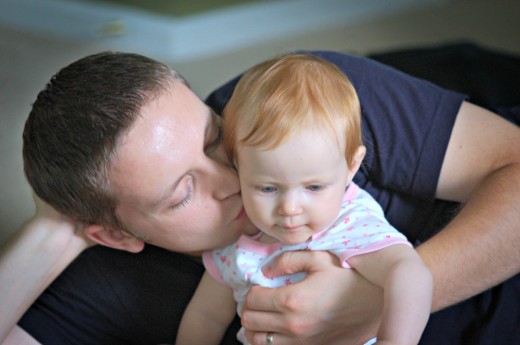One of my professors told his students a story illustrating the power of leading by example.
He was eating breadsticks with his two-year-old daughter at a pizza restaurant. He placed the cup of dipping sauce on her plate to catch any spills. Then he told her to carefully dip her breadstick in the sauce.
She tried it, much too quickly, and the sauce shot out of the cup in every direction — including the professor’s shirt!
He gathered himself and tried again. The teacher must be smarter than the student, right?
He instructed her to dip her breadstick slowly so she didn’t make a mess. She tried. Still, attempt number two ended in another splash of sauce on his shirt.
The professor tried one more time to explain how to do it without making a mess. Guess what? She plunged the breadstick down into the sauce cup. More sauce everywhere.
This time, he at least had a napkin blocking his shirt.
And at this point, he realized how silly he was being. It was fine for him to try explaining the first time, but he was a fool for not realizing the solution sooner. How could his two-year-old daughter ever have the coordination to be delicate?
This time — without a word, mind you — he took his cup of dipping sauce and poured it out onto his plate.
After a moment of soaking in her father’s example, the daughter poured her own sauce onto her plate, just as he had.
And now, despite her lack of graceful coordination, it was easy for her not to make a mess! By following his example of dipping the breadstick into the sauce on the plate, the sauce was spread out and could no longer splash everywhere.
When we try to teach others with words alone, our efforts are great and the return is minimal.
That day, my professor learned the power of leading by example, and the limitation of leading by words.
Comment on the phrase, “More is caught than taught.”

